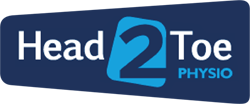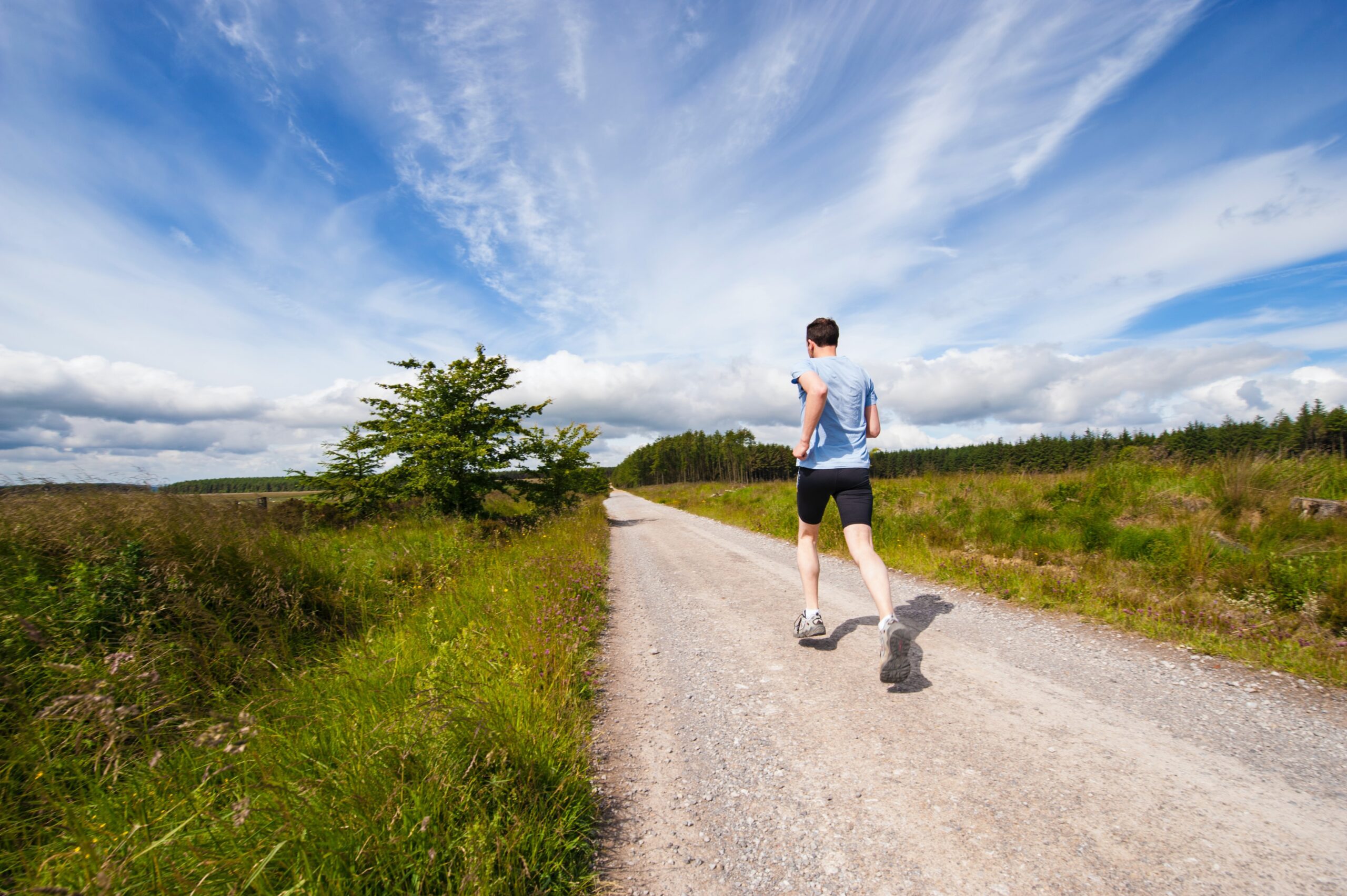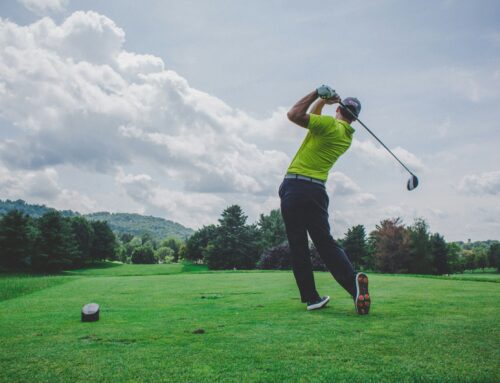Hip Pain – Greater Trochanteric Pain Syndrome (GTPS)
A number of new patients have contacted Head2Toe Physio over the last few months requesting a second opinion. They wanted to know why their hip pain was not getting better. They all felt especially aggrieved because they had been to see a Physiotherapist and despite listening to advice and doing their exercises, their hip pain had actually got worse!
I hesitated initially on writing another lateral hip pain blog, especially as I had written two in March and July last year. It did seem a bit overkill, however the requests kept coming and I continue to get patients walking (or limping) into my clinic with similar stories.
Most common mistakes
Having reviewed all of these seemingly ‘failed’ cases, there were two obvious and avoidable common factors that I want to outline.
- Misdiagnosis Issue The lateral hip pain wasn’t actually related to their gluteal tendons.
- Management Issue The rehab exercises were too hard, too soon.
There were other factors, including mis-timed return to sport or not varying exercise type sufficiently. Both of these are ‘load management’ issues (discussed earlier in a previous blog post).
In some cases, there were other health and lifestyle factors possibly contributing to a poor outcome. A number of these factors are associated with poor tendon healing generally. These won’t form the basis of my blog but are worth consideration briefly here. Things like smoking, diabetes mellitus, high blood pressure and obesity are all known to reduce tendon vascularity. It is fair to assume that this might have a negative effect on lateral hip pain related to gluteal tendon issues.
Misdiagnosis
It is an absolute certainty that over your career you’ll get some things wrong. This is extremely unfortunate for patients and unsettling for clinicians. It’s our job to try and make sure this doesn’t happen. However, our evolving understanding of how things work (or indeed don’t work), theories and evidence base moves on.
I commented recently on a physio twitter thread, that whatever you understand now, will likely be sneered at by someone in 5 years’ time. It’s something I try to remember before passing judgement too quickly.
Having said that, a number of the patients coming to see me for my opinion on their hip pain, have effectively been mis-diagnosed. The most common problem areas are pain referral from the back or the hip joint itself. Some patients may have related groin issues, such as Gilmore’s groin/ Sportsmen’s hernia. I’ve even had a case lately of a patient with lateral thigh symptoms caused by a problem with a sensory nerve (Meralgia Paresthetica).
All of these problems could have been picked up with a thorough assessment. If a patient’s hip pain is brought on by back movements and palpation, it’s likely the back is involved. If a patient’s hip pain is brought on by passive hip movements (us doing it to you) and in no way affected by you using your gluteal muscles, it’s less likely to be related to Gluteal tendons.
At Head2Toe Physio we will ask you a number of relevant questions and run you through a series of tests and movements to try and make absolutely sure we are getting the diagnosis right.
Management
In a previous ‘how to help’ blog post we discussed hip weakness and trying to strengthen muscles.
The simple truth is there that we have no definite defined treatment for GTPS. However, is it widely acknowledged that progressive loading/strengthening of the gluteal muscles, combined with increasing hip and pelvic control play a major part.
Just how much and how quickly varies from case to case.
The most common management problem I have found, is too much too soon. Especially in those patients who tell me that their exercise program has made things worse.
For a patient with a severely painful lateral hip, lying on their side, using a resistance band to perform a ‘clam’ movement repeatedly is probably not the correct starting point. For others, it will not cause issues at all.
When these movements create a flare up of pain in a patient, it can be both extremely uncomfortable and frustrating.
I often talk to patients about levels of load and how we can alter movements, starting positions and eventually resistance to vary the load applied to their muscles and joints.
If we can start at low enough loads and steadily increase, tissues generally adapt and things improve!
The simple, take-home message, is that if your initial diagnosis is correct, you’re part way there. If you can then get the right advice about where to start and how to progress your rehabilitation, you’re getting even closer to a successful resolution of your painful hip.
All our Physiotherapists are highly qualified, experienced, with a variety of post graduate specialisations. If you or anyone you know would like to have a physiotherapy assessment with the team at Dorking , Leatherhead or Crawley , contact us here.
Blog post written by Sam Bowden, Head2Toe Physiotherapist and Director at Head2Toe Dorking, Leatherhead, & Crawley Clinics.






